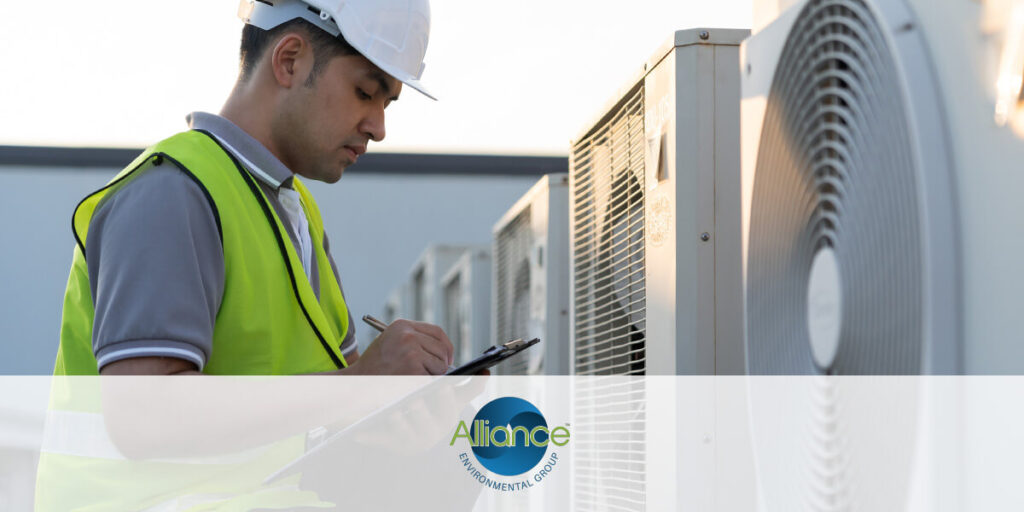- Careers
-
Search
- Call Us: 877-899-9867

Fire dampers are used throughout residential, commercial and industrial HVAC systems to deter active fires from spreading throughout properties. Yet, they must be routinely inspected and well-maintained to strict standards to ensure safe and efficient performance.
Fires move quickly, taking little time to jump from room to room. Fire and smoke dampers are essential safety equipment installed within residential and commercial HVAC systems to reduce the risk of fire and smoke traveling across rooms.
They aid in the firefighting process by slowing the fire and smoke spread and allowing firefighters to get to the scene to minimize property damage and potential injury. Ensuring these systems stay in top condition through maintenance and inspections is crucial to keeping your family safe or your operations on track.
The National Fire Protection Association (NFPA) has devoted its time to minimizing the impact of fire-related injuries and property loss. They worked tirelessly to create over 300 codes to standardize fire safety practices, leading to the inspection, testing and maintenance of fire dampers.
The NFPA 80 regulates the installation and maintenance of these devices with unique tests to ensure their reliable performance. According to this code, the following fire damper tests are required:
Similar tests are required for all smoke dampers per Chapter 7 of the NFPA 105 or the NFPA 92, depending on their relation to a smoke control system. If your HVAC system has a combination fire and smoke damper, you must conduct tests, inspections and maintenance according to Chapter 6 of NFPA 105.
Continuing your fire damper testing, inspection and maintenance procedures is essential for preserving a safe living or working environment. Unless otherwise stated by your local governing body, you should follow all tests as outlined by the NFPA 80 and NFPA 105 standards.
NFPA codes require individuals to document all inspections and testing procedures thoroughly. The information needed includes damper location, inspection date, inspector name, discovered problems and any corrections made. You should maintain this documentation for at least three test cycles. Other fire damper testing requirements you should adhere to include the following:
When you need help from qualified technicians, Alliance Environmental Group is the team you can trust. We have over 100 years of combined experience, giving us the knowledge and skills to work across countless health care, commercial, retail, government and residential housing industries. Our experts undergo thorough training and understand all NFPA codes to give you confidence in a dependable fire damper testing service.
Contact us online to learn more about our HVAC fire damper tests and maintenance solutions. If you’re ready to start, request your quote today.